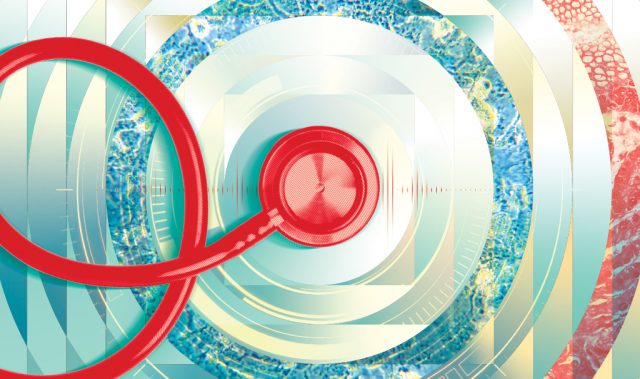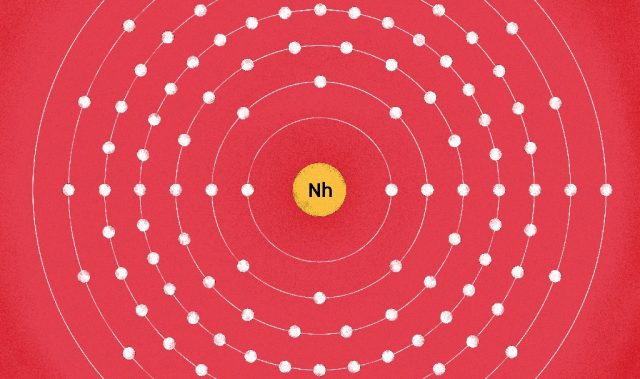
AsianScientist (Oct. 5, 2017) – In a study published in the journal Scientific Reports, scientists in Japan have used the TSUBAME supercomputer at the Tokyo Institute of Technology (Tokyo Tech) to discover and validate drugs for the treatment of Chagas disease.
Chagas disease is a potentially life-threatening illness caused by the parasite, Trypanosoma cruzi, and is transmitted to humans through triatomine blood-sucking bugs that are commonly referred to as ‘kissing bugs’ or ‘vampire bugs’. While it was once confined to the Americas, worldwide travel has spread the disease, which is now endemic to approximately 20 countries.
Currently, the World Health Organization estimates that 10 to 13 million people are chronically infected, around 90 million people are exposed to the risk of the infection, and nearly 21,000 people die each year as a result, making effective treatment a necessity. Existing treatments are largely effective in the acute phase of the infection but have significantly diminished efficacy in the subsequent chronic phase of Chagas disease. Moreover, these drugs, which were developed in the 60s, are associated with severe adverse effects.
In this study, a team of scientists led by Associate Professor Masakazu Sekijima of the Advanced Computational Drug Discovery Unit at Tokyo Tech used a multi-modal integrated approach to develop potential new anti-Chagas therapies. They combined the principles of structure-based drug design, where therapy is designed with the knowledge of the target’s three-dimensional (3D) structure, with in vitro testing methods and X-ray crystallography.
Through virtual screening using the TSUBAME supercomputer at Tokyo Tech, one of the world’s top, large-scale supercomputers, the researchers selected their target protein, T. cruzi spermidine synthase (SpdSyn), based on specific structural features and properties indicating its importance for survival in another Trypanosoma species. If the protein is required for survival of a species, inhibiting that protein could be a potential mechanism of action for a drug with activity against the parasite that causes Chagas disease.
Focusing their efforts on SpdSyn, potential drug candidate inhibitors were identified through a screening search known as docking simulation—a structure-based drug design approach using 3D simulations to computationally match drug compounds to SpdSyn. They successfully identified four drug-like compounds that were virtual matches, referred to as ‘hits,’ then evaluated their inhibition activity in vitro and compared the results with those of a positive control drug.
To further test potential activity and binding, they employed X-ray crystallography to visualize these four compounds in complex with the protein structure. Through interaction analyses for each compound, the researchers found that all four compounds interacted with the proposed target binding sites through the same amino acid, an aspartic acid residue at position 171. Additionally, molecular simulation suggested additional interacting sites for each compound that was not predicted by docking simulation.
The research team believes that its findings demonstrate the immense potential of docking simulation for the identification of potential drug-like inhibitors for the treatment of Chagas disease. They hope to demonstrate the general applicability of their approach, opening doors to the discovery of treatments for other diseases.
The article can be found at: Yoshino et al. (2017) In silico, in vitro, X-ray Crystallography, and Integrated Strategies for Discovering Spermidine Synthase Inhibitors for Chagas Disease.
———
Source: Tokyo Institute of Technology; Photo: CDC/WHO/Wikimedia Commons/CC0.
Disclaimer: This article does not necessarily reflect the views of AsianScientist or its staff.












